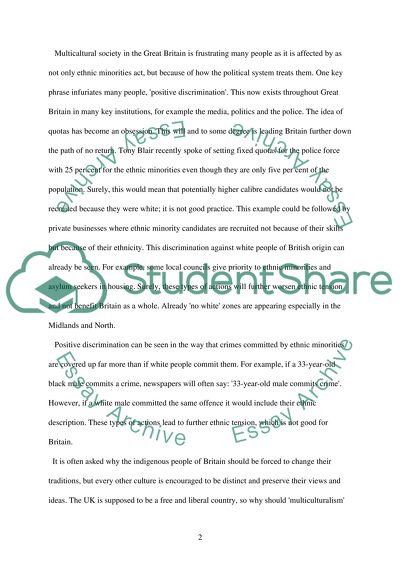Cite this document
(“Ethnic minorities change in Great Britain Essay”, n.d.)
Retrieved from https://studentshare.org/sociology/1514982-ethnic-minorities-change-in-great-britain
Retrieved from https://studentshare.org/sociology/1514982-ethnic-minorities-change-in-great-britain
(Ethnic Minorities Change in Great Britain Essay)
https://studentshare.org/sociology/1514982-ethnic-minorities-change-in-great-britain.
https://studentshare.org/sociology/1514982-ethnic-minorities-change-in-great-britain.
“Ethnic Minorities Change in Great Britain Essay”, n.d. https://studentshare.org/sociology/1514982-ethnic-minorities-change-in-great-britain.


